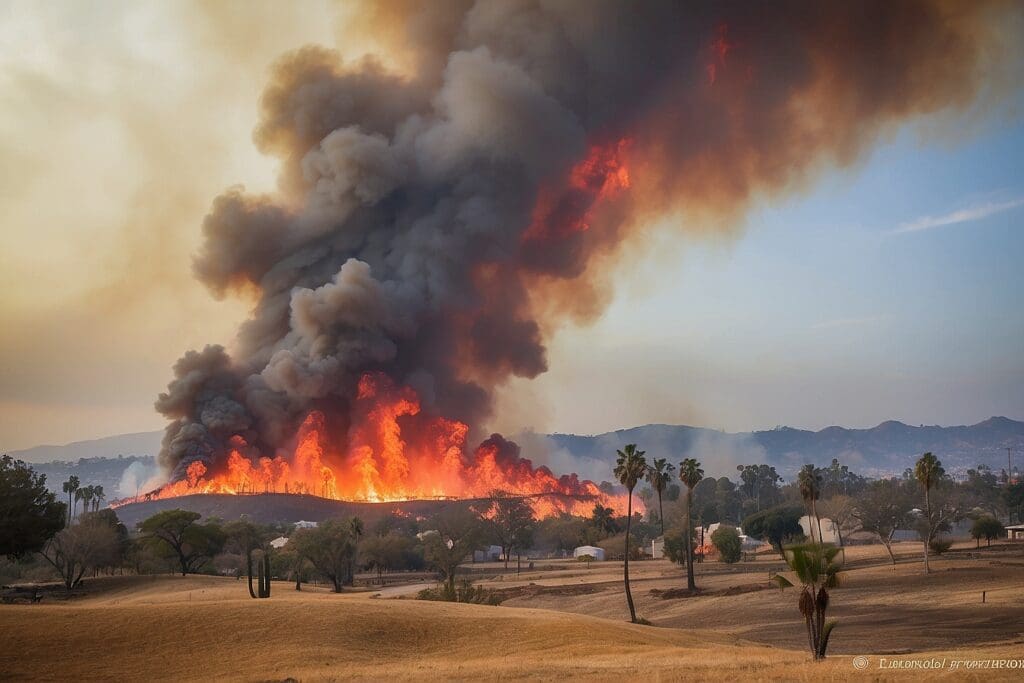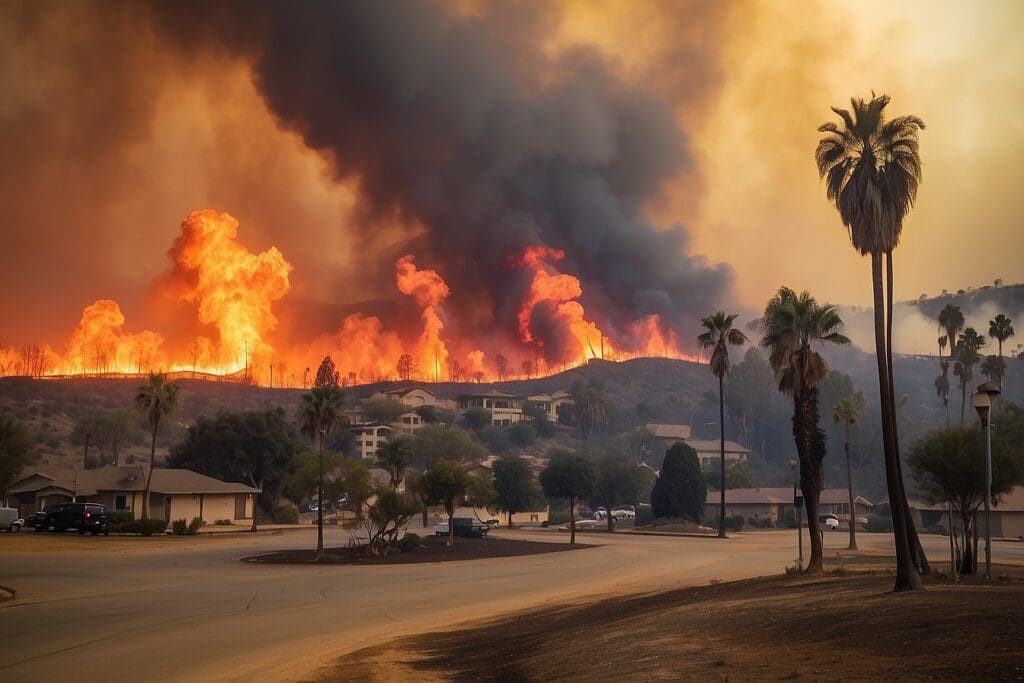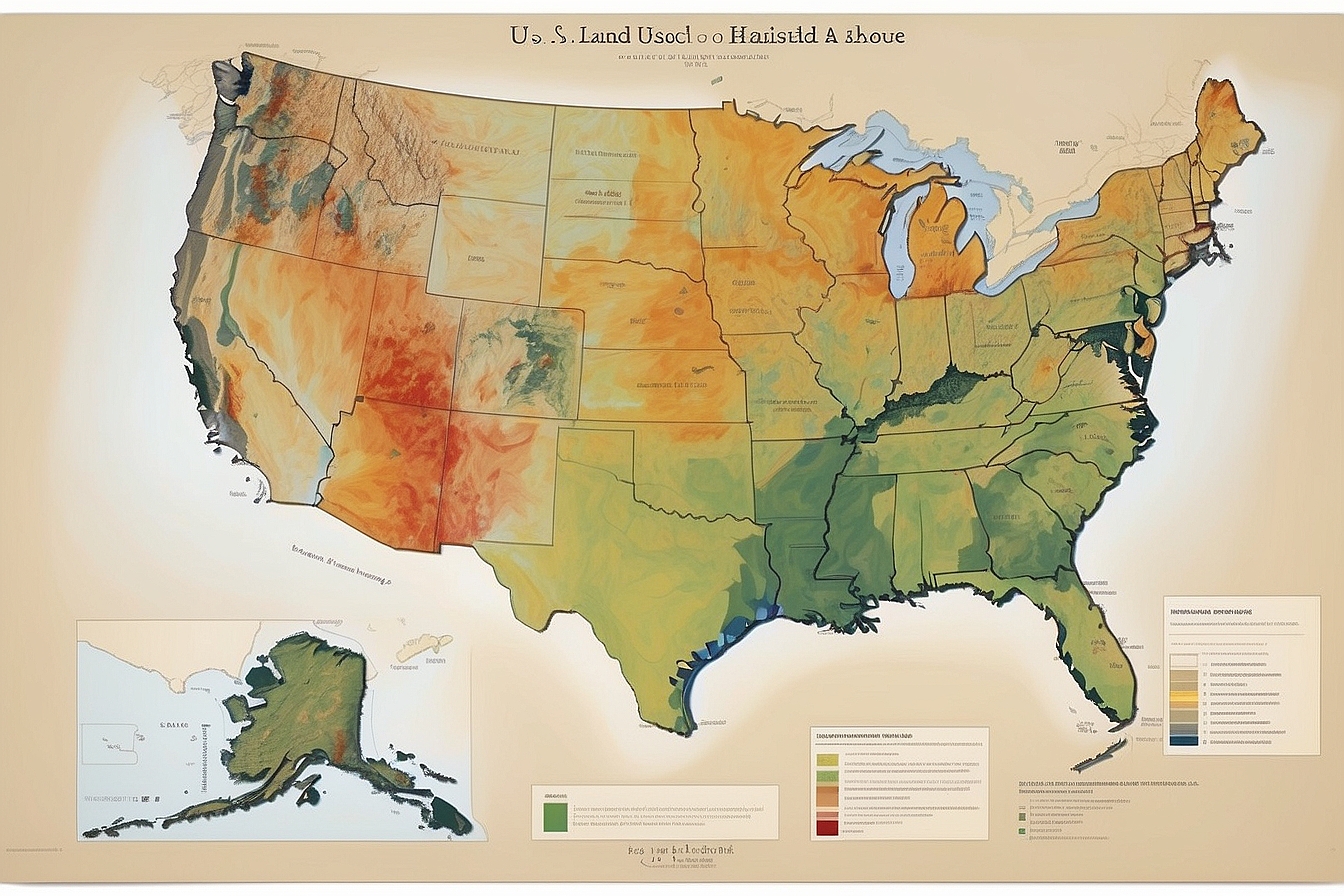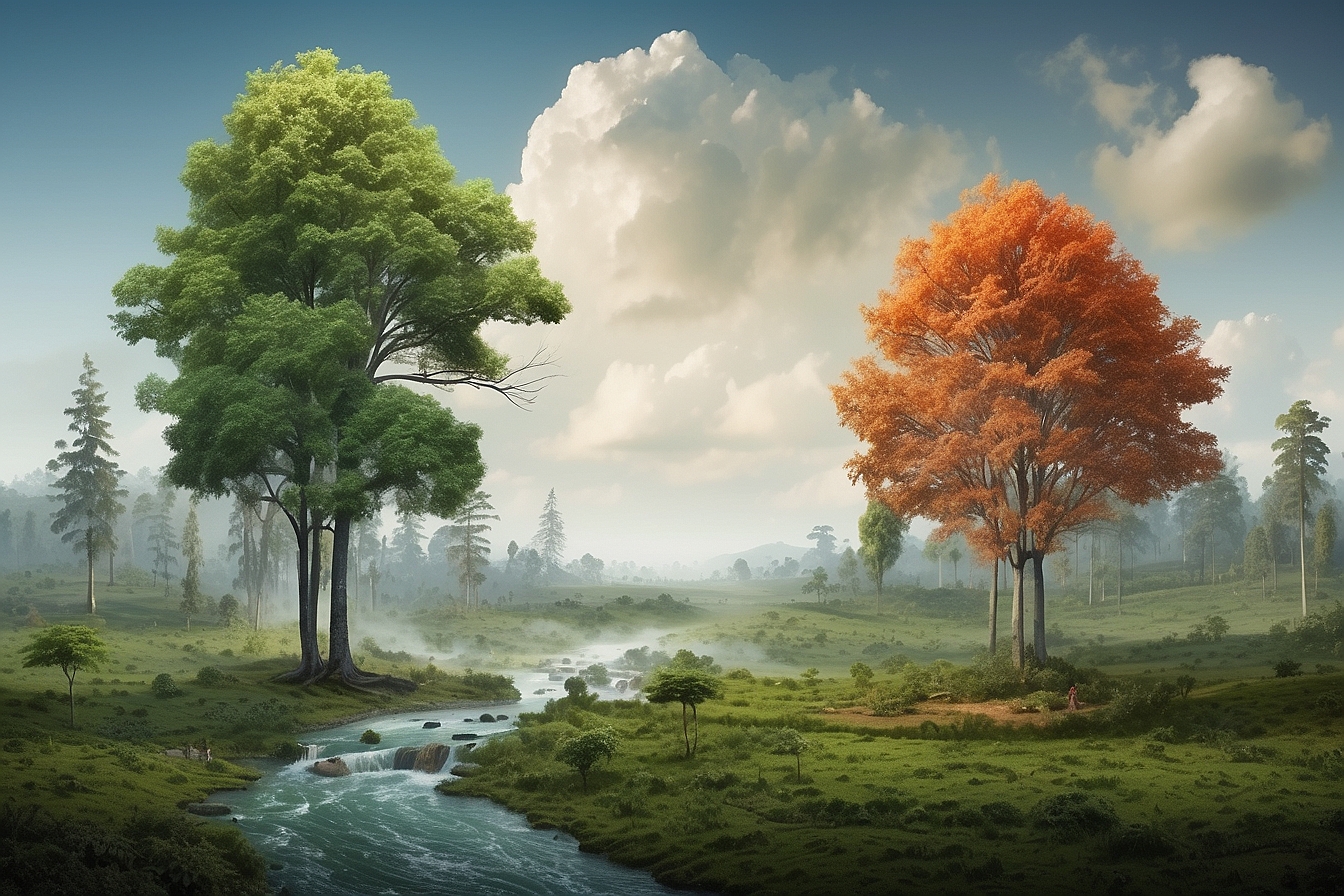It was a typical Sunday morning with clear skies in the sunny San Diego, California, but once the clock struck noon, something strange filled the air. The air became musky and what seemed to be a dark cloud quickly consumed the blue skies. It was not until I turned on the news that I noticed the ashes flying freely with the wind and realized that the dark cloud was actually a plume of smoke. This was the start of the Southern California wildfires of 2007. There were at least 14 wildfires happening at once, wreaking havoc on the dry chaparral and dessert ecosystems and communities of San Diego .1 The human effect was heartbreaking as well, with hundreds of thousands of people evacuated and losing their homes. This became one of the most destructive natural disasters in Southern California. There have been numerous destructive this article .
Fire Factors
The duration and durability of a fire depends greatly on the biome in which the fire takes place. A biome is, for example, a rainforest, or a desert area—it is basically how we describe a geographical area with a certain set of wildlife and vegetation specific to that zone.3 True disasters happen when fires cannot be controlled. Chaparrals have been known to be fuel for wildfires. Chaparrals can be described as the following:
A special plant community characterized by drought-hardy, woody shrubs, shaped by a Mediterranean-type climate (summer drought, winter rain) and intense, infrequent wildfires. It is within the chaparral where California will find its best and perhaps last chance to reclaim its wildness and preserve the quality of life made possible by the region’s natural, open spaces.4

Chaparrals have been prone to fire due to some plants needing fire to germinate. However, naturally this means a fire every 30 to 50 years. Unfortunately, this frequency has increased since the introduction of human activity, making these fires unfavorable even for the chaparral biome.5 The shrubs and other plants of chaparral ecosystems are accustomed to drought. This makes the plants very dry and highly flammable, allowing the flames to last for long periods of time and travel fast.
From personal experience, many houses are built around chaparrals because there isn’t as much tree removal needed when building on such a landscape. The negative side of this is that after a fire is strengthened by the fire-prone chaparral plants, it can quickly move onto homes. Forests are another biome prone to wildfires due to human error.6 Given that wildfires are most common in drier and hotter areas, these human-induced wildfires usually arise in deciduous forests. Fires in forests are often initiated by power lines starting a spark7, arson8—either accidental or intentional—safety flares, cigarettes not properly butted out, campfires not properly extinguished, and any other human activities one can imagine could serve as a fuel or heat source.
 11Slash-and-burn agricultural techniques have also been blamed for a number of wildfires.9 In a forest, as one can imagine, the trees are just fire wood and the density allows the fire to strengthen itself quickly. However, an isolated fire does not create much of a problem because it is easily contained. The disaster is started by the fuel but grows with wind. Air, which provides the oxygen that a fire needs to really get going, is thus the final factor in the direction a fire might take.10 Thus, climate plays a large role in the state of the wildfire as well. During the time of the 2007 fires, there was a Santa Ana wind which left the air dry and hot.12 There were dry winds billowing, allowing flames to jump from place to place. These conditions created an environment that not only strengthened the wildfire, but also allowed it to spread, causing massive destruction and public hysteria.
11Slash-and-burn agricultural techniques have also been blamed for a number of wildfires.9 In a forest, as one can imagine, the trees are just fire wood and the density allows the fire to strengthen itself quickly. However, an isolated fire does not create much of a problem because it is easily contained. The disaster is started by the fuel but grows with wind. Air, which provides the oxygen that a fire needs to really get going, is thus the final factor in the direction a fire might take.10 Thus, climate plays a large role in the state of the wildfire as well. During the time of the 2007 fires, there was a Santa Ana wind which left the air dry and hot.12 There were dry winds billowing, allowing flames to jump from place to place. These conditions created an environment that not only strengthened the wildfire, but also allowed it to spread, causing massive destruction and public hysteria.
As one can see, there are three important factors in a disastrous wildfire: fuel, heat source, and oxygen.13 This combined with other possible conditions such as lack of moisture and heavy winds can create a firestorm like no other. As with most things in nature, a phenomenon is usually a freak coincidence in which certain conditions happen all simultaneously. With the understanding of how wildfires work and what causes them to go from manageable to a “natural” disaster, we can better comprehend how important it is for us to know what could possible start a spark and at what time of the year certain areas are more prone to fire. Since the San Diego fires, there have been many other wildfires of catastrophic proportions, such as the multiple Colorado fires of 2012.14 The news depicts how devastating it is for humans and how much money is lost due to these fires that are ultimately started by human actions, but what needs to be remembered is that fires can burn ecosystems to the ground. Many species take a very long time to recover from such a disaster, and we ultimately may lose a great amount of biodiversity from wildfires. We have the government and other officials to help us recover and to rebuild our lives, but the environment only has the forces of nature. For the sake of the environment and lives everywhere, please remember the words of Smokey the Bear: “Only you can stop wildfires.”15





